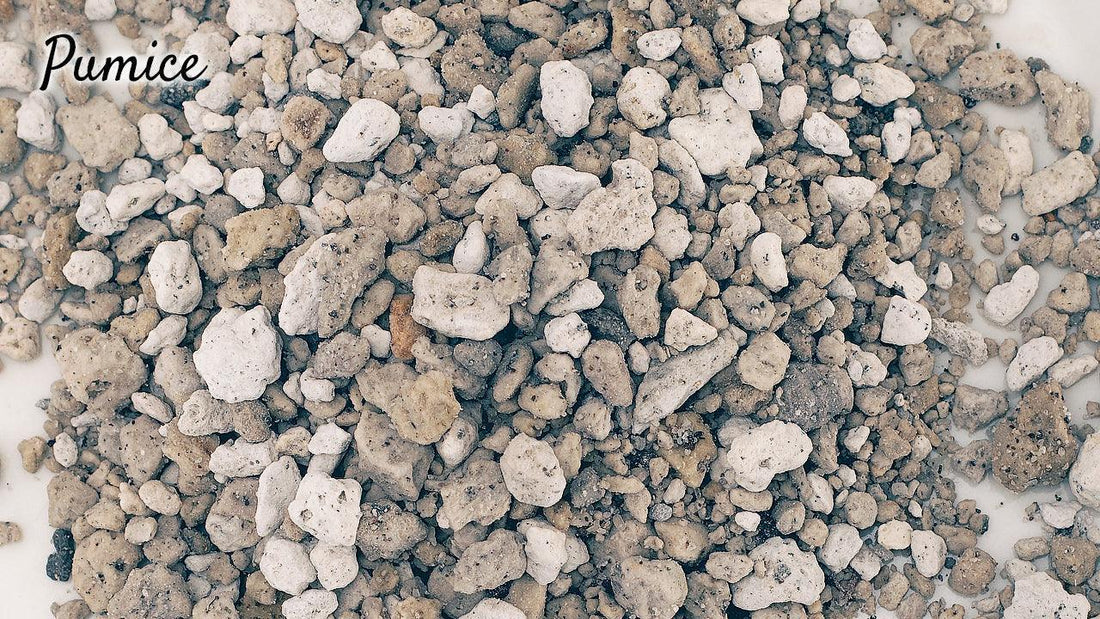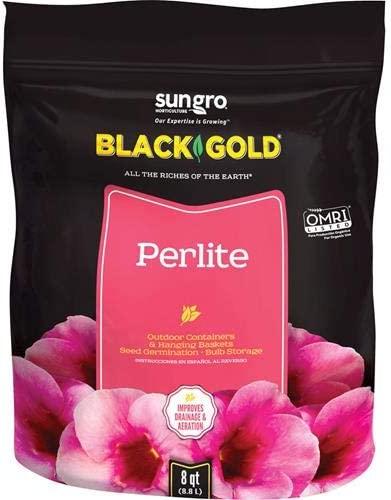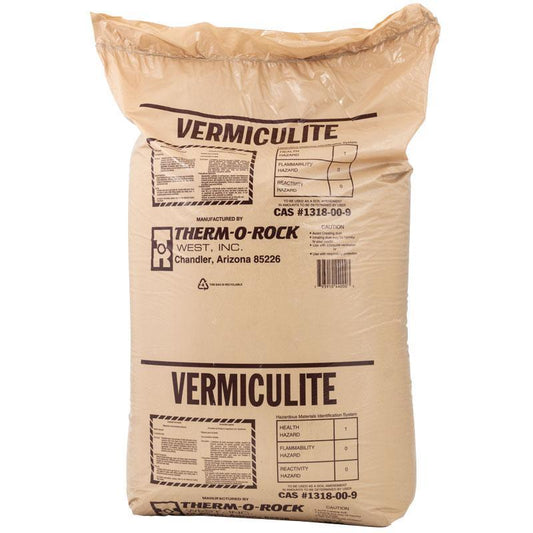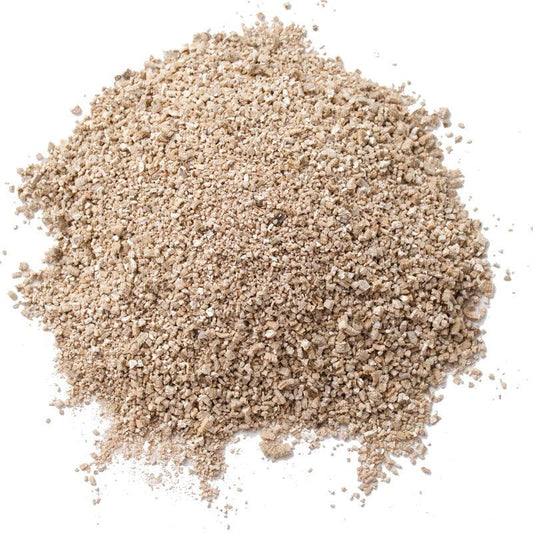What Is Pumice and Why It Matters for Gardeners
If you’ve ever wondered what is pumice used for in gardening, you’re not alone. Pumice for plants is one of nature’s most versatile tools for creating healthy, well-balanced soil. Formed from rapidly cooled lava, pumice is a naturally occurring volcanic rock that’s lightweight, porous, and full of tiny air pockets. This unique structure makes it one of the best materials to enhance soil, improve drainage, and support healthy root development.
Because pumice is a naturally occurring and unprocessed material, it provides long-term soil benefits without decomposing. Whether you’re preparing garden soils, improving potting soil, or setting up a pumice grow media for hydroponics, this simple volcanic material can make a major difference in plant health and water efficiency.

Understanding Pumice: A Natural Soil Enhancer
What Is Pumice?
Pumice is a lava rock formed during volcanic eruptions when molten magma cools quickly, trapping gas bubbles inside. This process creates its light, airy texture—making it ideal as a growing medium and soil amendment. Because pumice is inert and pH-neutral, it won’t change your soil chemistry. Instead, it helps regulate moisture and nutrients naturally.
In gardening, pumice as a soil amendment improves soil structure, increases aeration, and enhances moisture retention—especially useful in clay-heavy soils or compacted areas where roots struggle to breathe. Unlike perlite or vermiculite, pumice doesn’t float or break down over time, making it a long-term, low-maintenance solution for gardeners.
To understand how pumice complements other amendments, read our guides on how to use soil amendments like vermiculite, perlite, diatomite rock, and sphagnum peat moss.

Benefits of Pumice for Plants
1. Enhances Drainage and Aeration
Pumice prevents soil compaction by keeping air pockets open. This allows oxygen to reach plant roots, supporting healthy plant growth and preventing root rot.
In dense garden soils, just a small amount of pumice helps excess water drain away while still allowing the soil to retain moisture effectively.
2. Improves Moisture Retention
Although pumice promotes drainage, it’s also water retentive—its pores hold small amounts of water and release it slowly as the soil dries out. This makes it excellent for potting soil mixes, succulent gardens, and raised beds that require balanced moisture and nutrients.
3. Supports Strong Root Development
Because pumice balances air and moisture levels, it encourages deep, healthy root development. Plants with stronger roots can better absorb water and nutrients, resulting in more vigorous growth and better resistance to stress.
4. Sustainable and Long-Lasting
Since pumice is a naturally formed rock, it doesn’t decompose or leach chemicals into the soil. It provides continuous benefits for years, reducing the need for frequent replacements and supporting sustainable gardening practices.
Learn more about balancing nutrients and soil chemistry in our guide on understanding soil pH.
How to Use Pumice in the Garden
In Garden Soils
Add 10–20% pumice to your soil mix to improve aeration and drainage. This is particularly effective for vegetable beds, ornamental plants, and shrubs. You can blend pumice with compost or other organic matter like chicken manure fertilizer for added nutrients.
In Potting Soil and Containers
Mix pumice directly into potting soil—about one part pumice to three parts soil—for better drainage and moisture retention. For succulents and cacti, increase the ratio to 50% pumice to create the ideal growing conditions.
Explore more pumice products and other growing medium ingredients at GrowOrganic.com.
As Top Dressing and Mulch
Use crushed pumice or pumice stones as a decorative top layer in pots or garden beds. It helps moderate temperature, minimize evaporation, and protect the soil from erosion, supporting consistent vegetative cover.

When to Use a Pumice Stone for Plants
While pumice stone for plants is mostly used as a soil amendment, dry pumice stone also has multiple functions beyond the garden. In horticulture, gardeners sometimes use a pumice stone to gently loosen soil crust or scrape mineral deposits from pots—similar to how it’s used in personal care for removing dead skin.
Yes, the same type of stone to remove rough skin on feet can help with removing dead skin from pots, planters, and even garden tools. Just make sure to clean it thoroughly before switching between skin care and gardening use! Always soak your pumice in warm water before scrubbing to avoid scratching surfaces.
Using Pumice in Compost and Hydroponics
In composting, pumice improves aeration and moisture retention, helping organic material decompose faster. It also helps control odor and prevents the compost pile from becoming too wet.
As a pumice grow media, it’s also excellent for hydroponics and aquaponics. The porous volcanic rock provides a stable growing medium that evenly distributes air and water to plant roots, promoting vigorous growth. Learn more about mineral-based soil enhancers like rock dust fertilizers and humates to pair with pumice for optimal results.
Environmental Impact of Pumice Production
Pumice production is among the most eco-friendly of all soil amendment processes. Extracted from natural volcanic deposits, pumice mining typically has minimal impact on surrounding ecosystems. Because pumice lasts a long term, it requires fewer replacements than other soil materials, helping reduce waste while supporting healthy plant growth year after year.

Conclusion
Pumice for plants is much more than a byproduct of volcanic eruptions—it’s a gardener’s secret to better soil and stronger plants. Whether used in garden beds, compost, or containers, this naturally occurring volcanic rock helps balance water, air, and nutrients for optimal growth.
For sustainable, organic gardening success, explore our soil amendments and testing products and try pumice products like Uni-Gro Pumice to support healthy, thriving plants season after season.









3 comments
Ron, pumice holds onto water and releases it to the soil when needed. It should not promote mold growth. If your conditions are constantly wet then mold might grow wether or not pumice is present.
Hello, if pumice stone is consistently wet or damp in a dirt/moss medium, would that promote mold growth? I’m thinking of adding it to a Gecko habitat. Thank you
hi
I am based in nairobi kenya and have started using a mix of pumice with compost and cocopeat all is looking great so far and definitely going to supercharge the pumice before the next mix as I make my own worm tea